
Fish & chip shops are the biggest losers from whitefish tariffs that were designed to hit Russia, industry leaders have warned.
The government’s 35% tariff on fish sourced from Russia and Belarus, implemented after the invasion of Ukraine, “had not worked”, said Andrew Crook, president of the National Federation of Fish Friers.
The government hadn’t taken into consideration that the majority of Russian whitefish going into supermarkets is processed in China (to the tune of between 160,000 and 170,000 tonnes of whitefish per year), and is therefore ineligible for the tariff, he argued.
Meanwhile, most of the 80,000 tonnes that comes directly to the UK as fillet – and is eligible for the tariff – goes into fish & chip shops.
The hefty increase in the cost of fish had taken its toll on chip shops, which had already been hit by soaring energy costs, Crook said.
Many chip shop owners were now looking at cheaper options such as hake, he reported, while others were sourcing from other parts of the world. But this had not entirely mitigated price rises, he added.
After a period of delay, the 35% tariff on whitefish imported from Russia was introduced in July last year.
By the end of 2022, importing whitefish from Russia cost an average of £8.92 per kilo, inclusive of £2.31 per kilo in tariff costs – making Russia the most expensive of the top whitefish-supplying countries [Seafish].
However, the industry body found that prices for imports more broadly of cod, haddock and pollock had also increased by an average of 29% by the end of 2022. Seafish said there were also other factors at play, with the increase in costs including lower instances of cod landings due to cuts in the Barents Sea quota and high demand pushing up Icelandic cod prices.
Data from Seafish also showed Russia made up 8% of the UK’s whitefish imports in 2022, down from 9% in 2021.
The data revealed about half of all cod, haddock and pollock imports by volume in 2022 came from Norway and China, which both increased their share on 2021.
“The UK stands shoulder-to-shoulder with Ukraine, and we will continue to ratchet the pressure to isolate the Russian economy and inflict maximum damage to Putin’s regime,” said a Defra spokesman.
“We listened carefully to seafood businesses and industry bodies in developing these measures to understand possible impacts on supply chains, and continue to engage closely with them to encourage their concerted efforts to diversify away from Russia.”







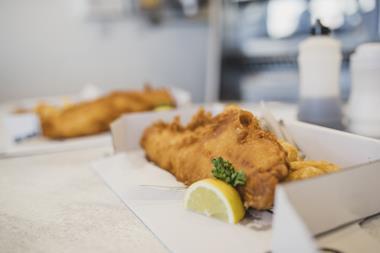
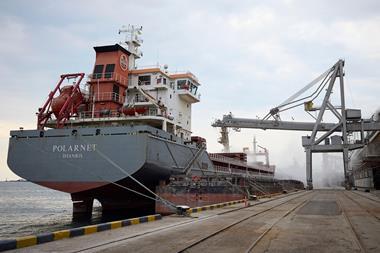
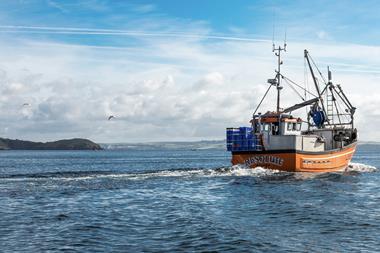
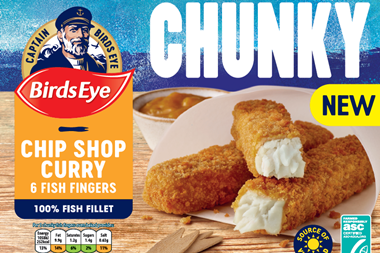
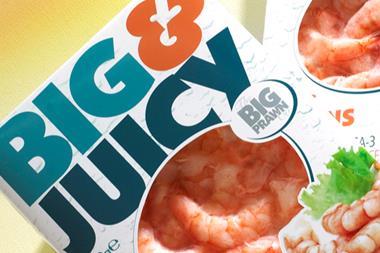
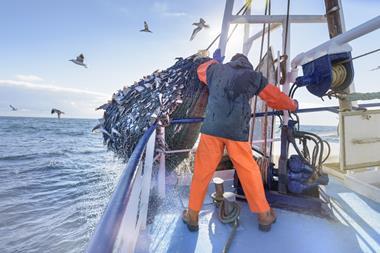






No comments yet